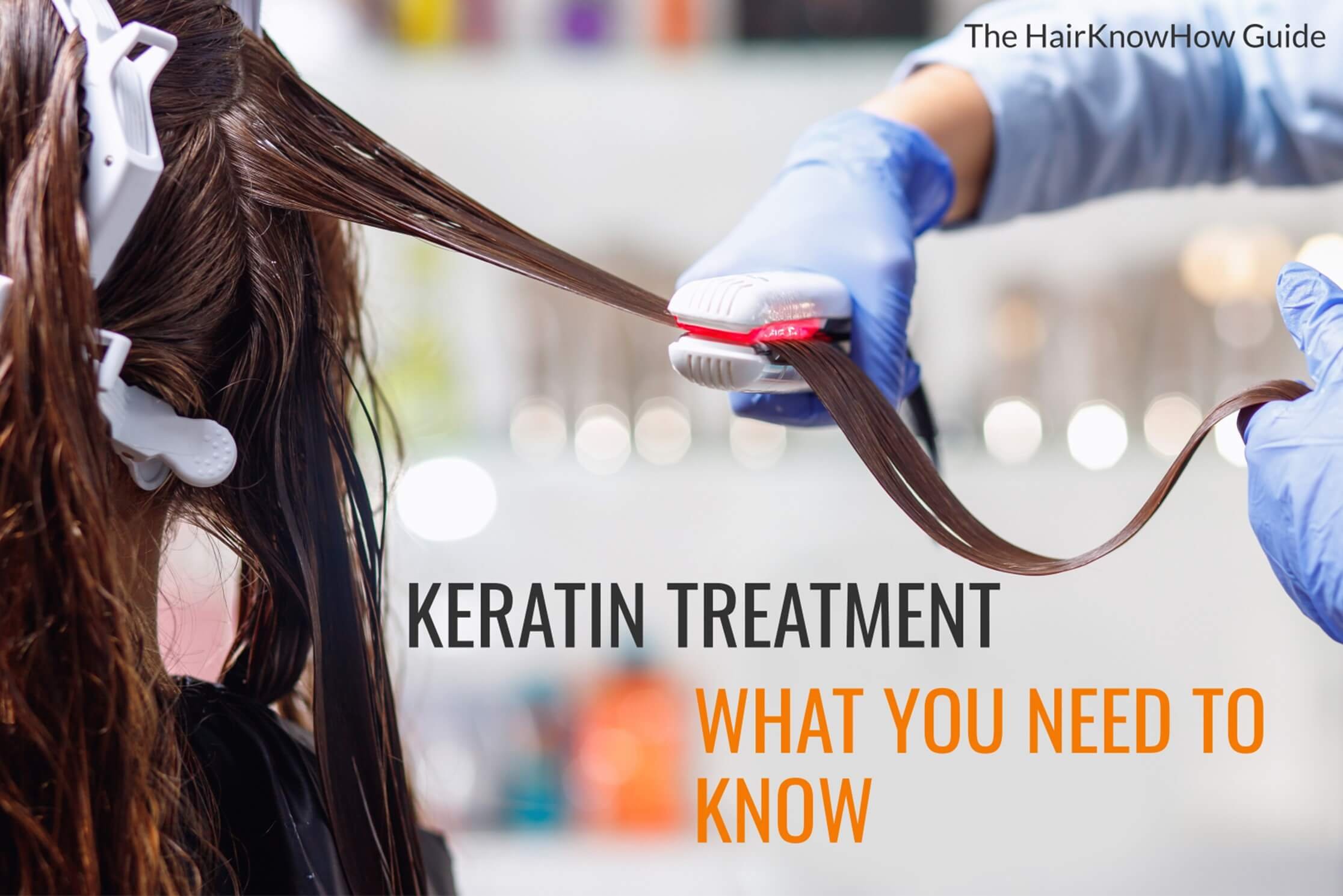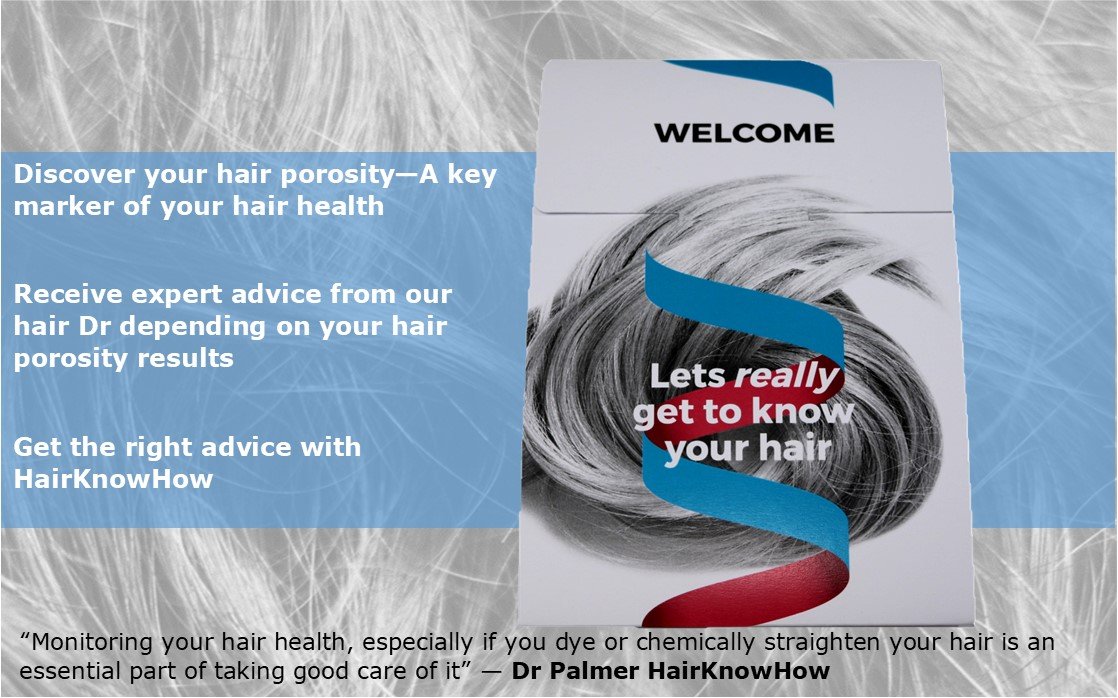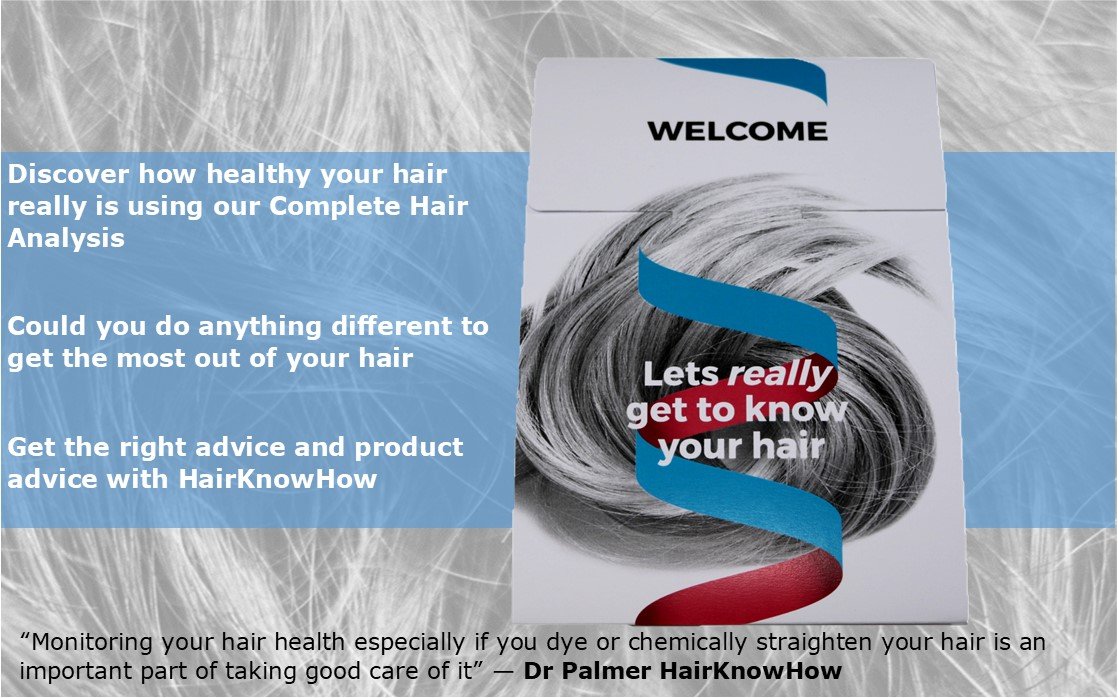Are keratin treatments as healthy as they seem?
Keratin treatments are promoted as a way to make your hair “appear healthier” by making it more robust, and increasing shine or lustre whilst reducing frizz. These claims sound pretty good, but you should know that these claims are only proven to work in a minimal number of instances. For example, a keratin treatment may be beneficial if your hair is significantly damaged from chemical hair colouring.
Many will see a noticeable increase in shine and lustre, giving the appearance of improved health. However, in most cases, keratin treatments will damage your hair, making it weaker, and possibly increasing frizz and breakage. Scientific evidence has been published about this (see below), so buyers, please be aware.
How keratin treatments work
A keratin treatment is a chemical process whereby hydrolysed keratin, typically from sheep’s wool, is chemically bonded to your hair. This reaction occurs both on the surface of your hair’s cuticles and within the fibre’s cortex.
Keratin is a protein family that makes up most of your hair’s protein by weight and is also a significant component of skin and animal horns. These mixtures of hydrolysed keratin proteins react with your hair, cross-linking with the keratin molecules already present within and on your hair’s surface. Typically, this chemical reaction requires excessive heating of your hair to greater than 230 degrees Celcius using heating tongs or curlers.
Until recently, formaldehyde or a derivative of it, i.e. formalin and methylene glycol, was used in the keratin cross-linking process, but this has since been widely replaced with glyoxyloyl carbo-cysteine.
A look at some of the scientific data around hair keratin treatments
To give you an example of the kind of data that exists, we have taken a sample of the data from one of the primary research papers that have been published on the effectiveness of protein keratin treatments on hair. The example was taken from a table in the paper and presented in a more digestible and easier-to-understand format.
Link to the original research paper by Barba et al here.
When interpreting this data, remember that the higher the breaking stress, the better. A higher number means that the hair sample was stronger, so more force was needed to break it.
The first problem with this peer-reviewed data is the error bars (assumed to be stand deviation). They are considerable and, in fact, larger than the differences in the test data presented. From a certain perspective, you could conclude that there is no significant difference between the force needed to break hair if bleached (group B) or permed (group C) versus untreated hair (group A). The authors of the paper didn't comment on the error bars in the article.
If we ignore the significant error or variance across the data and focus on the size of each bar, conclusions can be made. Comparing the height of each bar was used to draw conclusions from the data in the research paper. For example, suppose you look at the data for bleached hair (group B). In that case, it appears that the keratin-peptide treatment did increase the strength of the hair tested, albeit only slightly. The protein-keratin treatment weakened the hair sample. However, looking at both the untreated and permed hair (group A and C, respectively), a clear drop in the strength of the samples can be seen following both the peptide and protein keratin treatments.
There is other data covering different effects of keratin treatments, including changes in the amount of water that enters hair, elastic properties and shine.
However, in the vast majority of cases, we would recommend avoiding any keratin treatments, either protein or peptide-based. The only caveat is if your hair has been extensively coloured using peroxides, then there may be a health benefit, only when using a keratin peptide treatment.
To conclude, if we ignore the error within the data presented, the best-case scenario is that there is a slight increase in hair strength if the hair has been previously damaged by bleaching. However, at worst, when hair is untreated and in good condition or has been permed, keratin treatments reduce the strength of the hair. If we consider the error within the data, then keratin treatments using protein or peptide keratin products do not affect hair strength.
A warning about keratin treatments
A word of warning: some keratin treatments can still be found on the market containing formaldehyde (a cancer-causing agent in humans). The ingredients contain methylene glycol. Methylene glycol may not sound dangerous, but when heated during a keratin treatment with heating tongs or curlers, it forms formaldehyde, a very poisonous chemical.
Get Expert Hair Analysis and Help
If you are worried that a keratin or other treatment may have damaged your hair, HairKnowHow can help you by analysing either your hair’s porosity or performing a more comprehensive hair analysis. All our analyse come complete with personal recommendations that could help. Or, if you need any other advice, please get in touch with HairKnowHow.
Contact the HairKnowHow Team if you have any questions.




